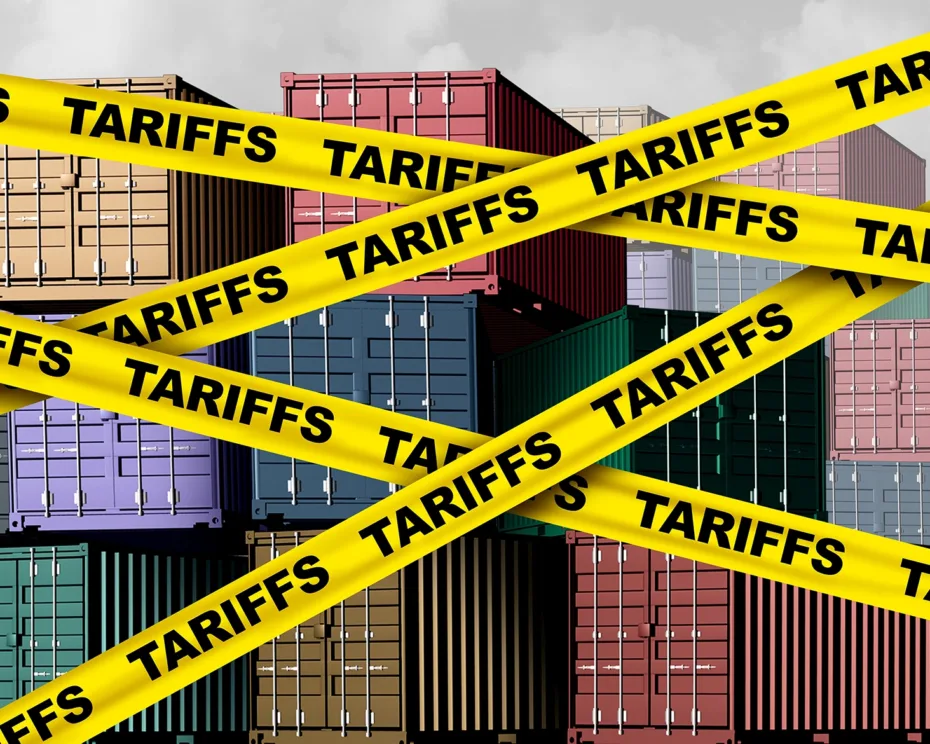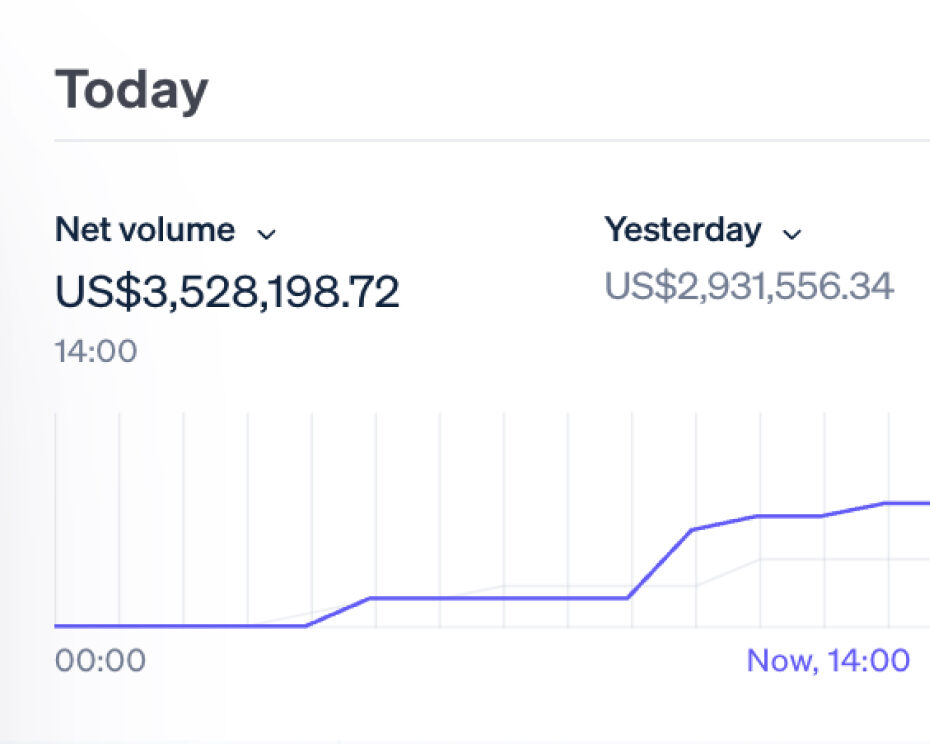HTSCodes & Harmonized Tariffs: What’s Changed
As U.S. trade policies change, understanding HTScode classification and harmonized tariffs is crucial to protecting your margins. Find out what’s changing and how real-time pricing solutions like Flintfox can help you stay compliant, competitive and profitable.
Tariffs Changes & Business Costs
In 2025, international trade is more volatile than ever.
The U.S. government is revisiting Section 301 tariffs originally imposed on Chinese-origin goods, proposing new tariff increases on products like batteries, steel, critical minerals, semiconductors and electric vehicles. At the same time regulatory bodies are cracking down on HTScode classification accuracy, so if you trade across borders it’s not just a technicality, it’s business critical.
For businesses that import or export goods these changes are not just details. HTScodes impact product pricing, profit margins and customer competitiveness. Staying ahead of tariff changes has moved from a compliance task to a priority for many businesses’ bottom line.
A Quick Refresher: What Is an HTScode?
An HTScode (Harmonized Tariff Schedule code) is a 10-digit number used by U.S. Customs and Border Protection (CBP) to classify imported goods and assign the correct duty rate.
The first 6 digits follow the global harmonized tariff system, the last 4 digits are specific to U.S. regulations.
Why HTScodes Matter:
- They determine the customs duty and taxes.
- They affect eligibility for preferential trade agreements like USMCA.
- They control whether a product is subject to anti-dumping duties, Section 301 tariffs, or other special rates.
- They guide customs clearance, shipping lead times and even product marketing claims (e.g. “Made in USA” eligibility).
- An incorrect or outdated HTScode classification can put businesses at risk of compliance penalties, overpayment of duties, shipment delays and margin losses that can quickly erode profitability.
What’s New with HTScodes and Harmonized Tariffs?
Section 301 Tariff Reviews and Expansions
In 2025, the U.S. Trade Representative (USTR) is reviewing Section 301 tariffs on China. Preliminary results suggest tariff increases will be focused on strategic goods like:
- Electric vehicles
- Semiconductors
- Batteries and battery materials
- Solar panels & critical minerals (e.g., lithium, cobalt)
This means even goods that were previously imported at lower rates may now attract additional duties of 25% or more.
HTScode Reclassifications and Updates
CBP and the U.S. International Trade Commission (USITC) have made subtle but significant changes to HTScode classifications:
- Narrowing broad classifications into subcategories with higher duty rates.
- Revising codes for products that combine multiple functions (e.g., smart devices).
- Reclassifying “kits” and bundles, potentially triggering different duty rates than individual components.
- This means businesses need to revalidate their entire HTScode mapping. Otherwise they are risking non-compliance.
Increased Focus on Country of Origin and Trade Agreement Compliance
Rules of origin are being enforced more strictly around:
- Materials and components from China, Vietnam and Mexico.
- Eligibility claims under free trade agreements.
- Documentation standards for proving HTScode and origin claims.
- In some cases a product’s country of origin may even determine whether a Section 301 tariff applies or not, making accuracy more critical.
Business Challenges Emerging from Tariff Changes
Complexity and Confusion in Product Classification
Products that once had simple HTScodes now need to be reviewed. A simple reclassification can trigger double-digit increases in landed cost.
Manual Processes and Static Systems
Many ERPs and pricing systems still rely on manual HTScode maintenance or periodic updates which can’t react fast enough to tariff changes.
Margin Erosion from Delayed Pricing Updates
A tariff change without a matching price increase can erode margins across entire product lines before finance or sales teams even know there’s a problem.
Regulatory Risk and Audit Exposure
Incorrect HTScode declarations can lead to audits, retroactive duty charges and even civil penalties under U.S. customs law.
Tariffied? Don't be.
Global trade volatility is squeezing margins – and outdated pricing tools are too slow to help. Flintfox + Enable give you the speed, control, and visibility to respond in real-time and protect profits.

How Flintfox Delivers Real-Time Tariff Management
At Flintfox we know tariff management isn’t just about being compliant, it’s about preserving margins, managing landed costs accurately and updating customer pricing without delay.
Real-Time Tariff Application
Once tariffs or HTScode updates are applied, Flintfox can apply the new duty rates across your pricing, procurement and fulfillment workflows so your business is protected from unexpected cost changes.
Integrated Tariff Data Feeds
Flintfox connects to external data sources (ERP systems, customs brokers or 3rd party feeds) to ingest HTScode and harmonized tariff information for real-time pricing updates across finance, ERP and commerce systems.
Country-Specific Pricing Logic
Flintfox supports dynamic logic trees that apply duty calculations, exemptions or preferential trade agreement rates based on shipment origin, destination and product classification so you can manage global pricing complexities with precision.
Dynamic Landed Cost Calculation
Flintfox’s real-time engine calculates landed costs (duties, taxes, tariffs and surcharges) at the SKU, order or shipment level so you’re accurate from procurement to final sale.
Trade Agreement Rate Application
Flintfox applies eligible duty-free or preferential rates for major trade agreements like USMCA, CPTPP and EU Free Trade Agreements within its pricing calculations so you minimize duty exposure where possible.
Flintfox Example: Avoiding a 25% Margin Loss
A US distributor imports smart home devices from China.
May 2025:
- Section 301 tariffs on electronics rise by 25%.
- Updated HTScode classifications result in higher duty rates.
Without Flintfox:
- Landed costs increase but pricing is delayed.
- ERP and sales channels continue to use outdated cost assumptions.
- Margin loss accumulates across multiple channels before corrective action.
With Flintfox:
- Updated tariff rates and duties are applied once received into product costs.
- Landed costs and selling prices update across all commerce, ERP and finance systems in real time.
- The distributor protects margins proactively, avoiding costly delays and competitive disadvantage.
Future Proof Your Pricing Against Tariff Volatility
Today’s tariff landscape requires agility. Whether you have hundreds or thousands of SKUs across multiple countries, you can no longer afford to treat tariff management as an annual audit or a spreadsheet update.
By embedding HTScode and harmonized tariff management into your pricing and finance systems, Flintfox enables businesses to:
- Stay compliant with changing customs regulations.
- Protect margins with real-time landed cost updates.
- Avoid costly mistakes and reputational risk.
- Seize new market opportunities faster with confidence in your numbers.
Don’t get caught out by tariff changes. Future proof your operations with Flintfox’s real-time pricing and tariff management solutions. Book a Demo or get in touch today.
Powerful pricing software supported with deep experience
Flintfox gives you flexibility with your application, unprecedented speed and power from our pricing engine and support from our dedicated team.
